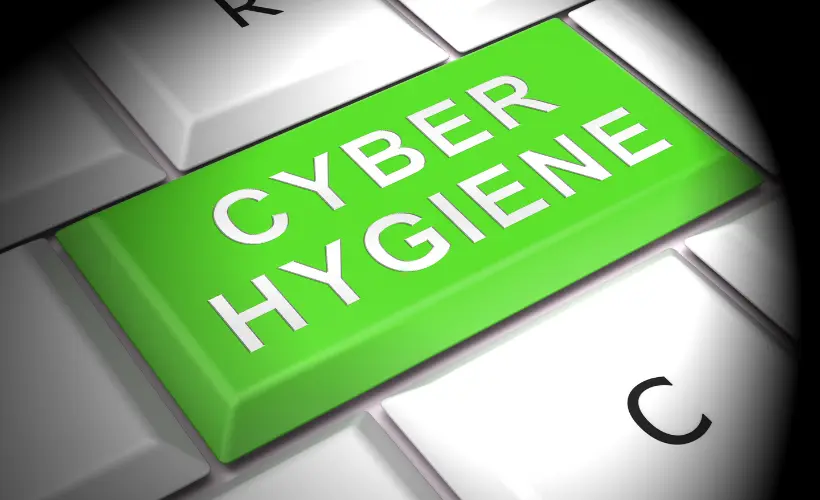
In 2025, cyber hygiene is no longer optional—it's essential. With the explosion of AI-powered phishing scams, deepfake impersonations, ransomware, and credential-stuffing attacks, both individuals and businesses face unprecedented cybersecurity risks.
Weak passwords, outdated software, careless clicks, and unprotected networks make you an easy target for today's sophisticated cybercriminals. Practicing strong cyber hygiene can drastically reduce your risk of falling victim to online threats.
Cyber hygiene refers to the routine security practices and habits that protect your personal information, devices, and online identity. Think of it like digital hygiene—just as you wash your hands to prevent illness, cyber hygiene helps you stay protected against digital threats.
Weak passwords remain the #1 vulnerability in most breaches.
✅ Best Practice: Use a password manager to create and store long, unique passphrases for every account.
MFA adds an extra layer of protection by requiring a second form of identification (like a code or biometric scan).
✅ Best Practice: Use authenticator apps (like Google Authenticator or Authy) instead of SMS OTPs.
Outdated systems are full of known vulnerabilities.
✅ Best Practice: Turn on automatic updates for your OS, browsers, and apps.
Phishing scams are more believable than ever with AI-generated content.
✅ Best Practice: Double-check sender addresses and avoid clicking suspicious links or attachments.
Public Wi-Fi is a goldmine for hackers.
✅ Best Practice: Always use a reliable VPN when accessing public networks.
Weak Wi-Fi passwords and outdated routers can be easily exploited.
✅ Best Practice: Use strong passwords, enable WPA3 encryption, and update router firmware regularly.
Lost or stolen devices can expose sensitive data.
✅ Best Practice: Use device encryption and enable auto-lock after periods of inactivity.
Ransomware attacks can lock you out of your files.
✅ Best Practice: Use encrypted cloud storage and maintain offline backups.
Cybercriminals use fear, urgency, and AI-powered deepfakes to deceive users.
✅ Best Practice: Always verify unexpected requests, especially those involving money or credentials.
Old or unused apps often go unpatched, creating vulnerabilities.
✅ Best Practice: Uninstall unused apps and limit app permissions to only what's necessary.
Smart home gadgets are easy targets if not configured securely.
✅ Best Practice: Change default passwords, disable unnecessary features, and keep firmware updated.
These tools help block unauthorized access and detect threats.
✅ Best Practice: Keep firewalls enabled and ensure antivirus software is up to date.
Hackers use social media posts to create targeted attacks or guess security answers.
✅ Best Practice: Limit the personal information you share and review your privacy settings regularly.
One wrong click can lead to malware, ransomware, or identity theft.
✅ Best Practice: Hover over links before clicking and avoid unexpected attachments—even from known contacts.
Cybercrimes tactics evolve rapidly—so should your knowledge.
✅ Best Practice: Subscribe to cybersecurity blogs and follow trusted sources like Digital Task Force.
In 2025, cyber hygiene is your first line of defense against AI-enhanced attacks, data breaches, and digital scams. Whether you're an individual user or a business, following these 15 best practices will significantly reduce your risk of falling victim to cyber threats.
© 2025 Digital Task Force (ISO-9001 : 2015 & ISO/IEC 27001 : 2022 Certified)